Annual Dinner
Saturday, 29 November 2014
Remembering Bannockburn with a feast of Scottish delicacies, tickets are £17.00, please bring your own drink.
Venue: Glapthorn Village Hall.
Remembering Bannockburn with a feast of Scottish delicacies, tickets are £17.00, please bring your own drink.
Venue: Glapthorn Village Hall.
7:30pm, tables of 6 to 8, tickets £8 per person to include a two course supper. Bring your own drinks.
Venue: Glapthorn Village Hall.
MidNAG had a stand at the heritage festival in Peterborough, which saw the first city centre joust in several hundred years.
Venue: Peterborough Cathedral precincts and Cathedral Square
Sarah is the Historic Environment Records Officer for Peterborough City Council, and a member of the Nene Valley Archaeological Group and MidNAG. Sarah will talk about this important resource which is little known but which is of immense value in planning, research and local history.
Venue: Oundle Methodist Church
Archaeological howlers from past exam papers: For many years John was a senior examiner for O level, later GCSE and A level Archaeology. Like many others, he is concerned about the future of the subject in further education.
Venue: Oundle Methodist Church
Tickets at £8 for this joint meeting will be available from both Oundle Museum and MidNAG chairman. .
Venue: Please note the location of this event is the Joan Strong Centre, East Road, Oundle, Northamptonshire, PE8 4BZ
David is well known for his wide knowledge of the history of our area and has chosen to speak on this unusual subject.
Venue: Oundle Methodist Church
Colin is well known in Oundle for his interest in all things historic, particularly old buildings. This lecture was postponed from the 2013-1014 season.
Venue: Oundle Methodist Church
Michael Knight has been the local representative of the Milestone Society for many years. This society was recently featured in Current Archaeology magazine and identifies, records and conserves not only milestones, but waymarkers, toll houses and canal side markers. He will talk about his work, mainly in the East Midlands.
Venue: Oundle Methodist Church
Shirley Walsh will led a walk round Roman Godmanchester. Shirley is a member of MidNAG, but is also involved in current research into the archaeology of her home town and is an active member of the Godmanchester Museum.
Paul is an author and expert on the Napoleonic Wars and has a long connection with the Norman Cross Eagle Committee. He will talk on the brutal clash of June 18, 1815.
Venue: Oundle Methodist Church
Dr. Hall is Cathedral Archaeologist at Peterborough Cathedral. She is currently researching the precincts and is concerned with the conservation programme of the Mediaeval painted ceiling.
Venue: Oundle Methodist Church
Our Annual Dinner this year celebrated the victory at Waterloo.
Mike has recreated a high status garden using mediaeval texts. The planting is designed to be both useful and beautiful and Mike will illustrate all the different aspects of the garden.
Venue: Oundle Methodist Church
Andy has long connections with archaeology in Northamptonshire and is now working on behalf of MOLA (Museum of London Archaeology) on development areas in Northampton, including the Norman Castle. This castle was an important one, sometimes hosting meetings of Parliament and trials such as that of Thomas Becket.
Venue: Oundle Methodist Church
Quiz night was held at Glapthorn Village Hall.
Bob lectures in archaeology at the University Centre, Peterborough and has also excavated sites all over the UK, most recently in Cambridgeshire and Lincolnshire.
Venue: Oundle Methodist Church
The Group carried out a small excavation of of what turned out to be part of a Roman farmstead near Nassington. The barn had at least two phases, one being burnt down and replaced by another on a slightly different alignment. Nearby structures included an oven and corn-drier (not fully excavated)
A look at some of the Roman and other period sites along Hadrian's Wall from Maryport to Wallsend
Venue: Hexham
Dr Twigs Way is an internationally known Landscape Historian; she has appeared on Gardener's World and Woman's Hour and is the author of a wide range of books and articles. Her degree from the University of Cambridge was in Archaeology. In this anniversary year she has naturally concerned herself with Brown's legacy and we are lucky that she had a date in her schedule when she could come to Oundle
Venue: The Hub at Oundle Town Council, Fletton House, Fletton Way, Glapthorn Road, Oundle, Peterborough, PE8 4JA
Location map (Google)
The Langdyke Trust is a community environmental group based in the Helpston area. One of its projects is to study the archaeology of Torpel Manor Field, a complex, multi period site about which little was known. The project has also involved the University of York Department of Archaeology.
Venue: Oundle Methodist Church
Our Annual Dinner this year will commemorate the 400th anniversary of William Shakespeare’s death. Contemporary recipes, sometimes with unusual ingredients will provide a tasty meal. View some photos of the evening
Venue: Glapthorn Village Hall, Main Road, Glapthorn, Northamptonshire, PE8 5BE.
A Rhodesian Airforce Spitfire came down on Holme Fen in 1940, killing the young pilot. Cranfield University used geophysical techniques to discover the plane in 2015, and excavations began in October of that year. This is the rest of the story.
Venue: Oundle Methodist Church
Derek was site director for the MidNAG excavation of what proved to be part of a Roman farmstead in August last year, and summarised the excavations so far.
Update: Wow, what a turn-out. We packed out the village hall, it was standing room only at the back. Thank you all for your interest, and watch out for details of the excavation later in 2017
Venue: Nassington Village Hall
Unlike the rich villa landscape that can be seen in neighbouring counties such as Northamptonshire, Roman Bedfordshire largely represents an area that was devoid of villas. Excavations within the county have revealed many low-status farmsteads with few indications of wealth. Digging Roman sites in Bedfordshire may not provide many spectacular finds, but what are the possible reasons behind the disparity?
Venue: Oundle Methodist Church
A panel of experts will be on hand to try to identify and explain any artefacts or objects you care to bring.
Venue: Oundle Methodist Church
View the earthworks at Torpel Manor after the lecture earlier in the year, and find out about the life of John Clare, "The Northamptonshire Peasant Poet" who was so familiar with the land now managed by the Langdyke Countryside Trust.
Venue: Helpston, Peterborough.
MidNAG will had a stand at the heritage festival in Peterborough city centre. Did you spot us?
Venue: Peterborough Cathedral precincts and Cathedral Square
The Group continued last year's excavation of what turned out to be part of a Roman farmstead (a barn?) near Nassington. The barn had at least two phases, one being burnt down and replaced by another on a slightly different alignment. Nearby structures included an oven and corn-drier (not fully excavated).
We primarily excavated further into the middle of the structure to find out more about its phases, Towards the end (of course), we also discovered that the Romans had probably done some landscaping at the eastern end, but that wil have to wait to be investigated next year.
Holy Trinity Church at Rothwell has one of only two mediaeval ossuaries in situ in England. Dr Crangle is an osteo-archaeologist who was one of the directors of the project to analyse the bones.
Venue: Oundle Methodist Church.
Derek directed the excavations at Nassington again in our second year at the site, and will give an update on what has been found this year.
Ellie has worked for the PAS since 2011 and is the Finds Liaison Officer (FLO) for Northamptonshire.
Venue: Oundle Methodist Church.
It is 70 years ago that the British left the subcontinent, leaving behind a distinctive cuisine that developed as the Memsahibs struggled to provide British dishes. New dishes such as kedgeree, mulligatawny soup. and chutney became popular and were brought back home. It isn't all curry or “hot”, and we are confident you will enjoy the menu.
Peter is the Secretary of the Northamptonshire Industrial Archaeology Group, worked in the industry for 30 years, and is the author of 'The Industrial Heritage of Northampton’s Boot and Shoe Quarter'.
Venue: Oundle Methodist Church.
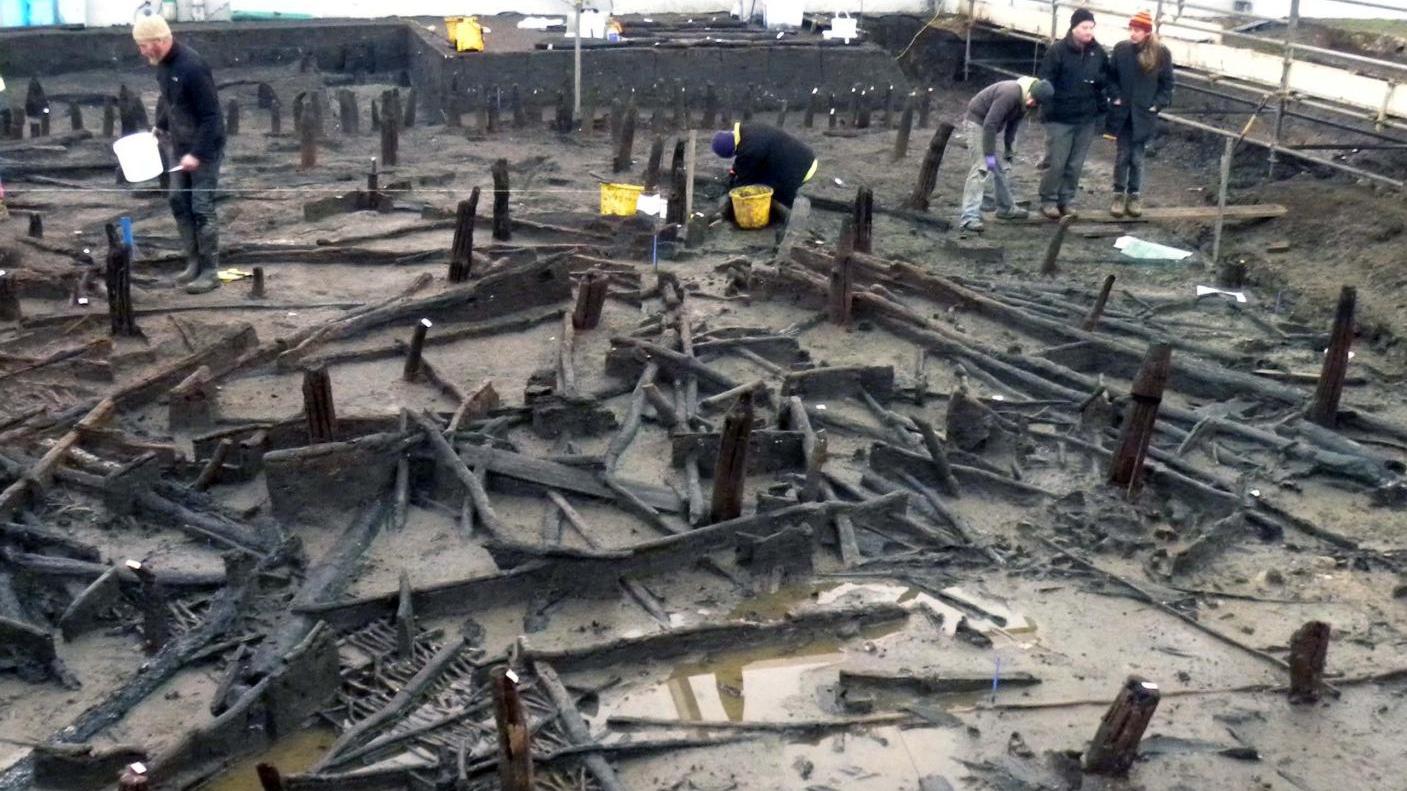
Mark Knight of the University of Cambridge, and Current Archaeology (CA) magazine Archaeologist of the Year 2017, directed the excavation of the best preserved Bronze Age settlement ever found in Britain. We are privileged that Dr Knight is in Oundle to present his account of this now world famous site. Mark and his team also won the Rescue Project of the year award.
More information about Must Farm can be found in the CA Flag Fen basin review article, and the project's own website www.mustfarm.com.
Thanks to Mark for a brilliant lecture.
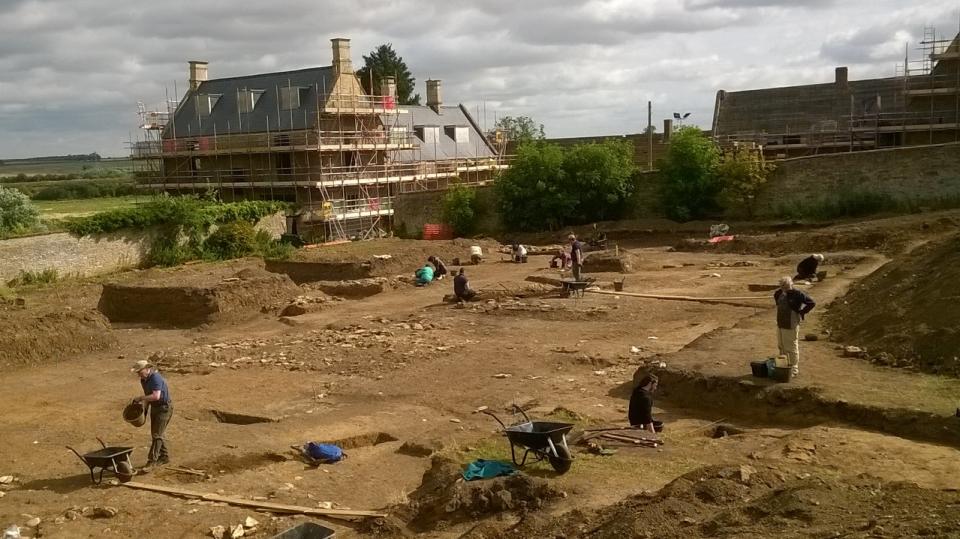
Ian is the archaeologist responsible for all excavations undertaken at Chester Farm, and will talk to us about this amazing heritage site and its 10,000 years of history. He will also tell us how the knowledge of the Roman town especially has developed from the recent excavations.
Venue: Oundle Methodist Church.
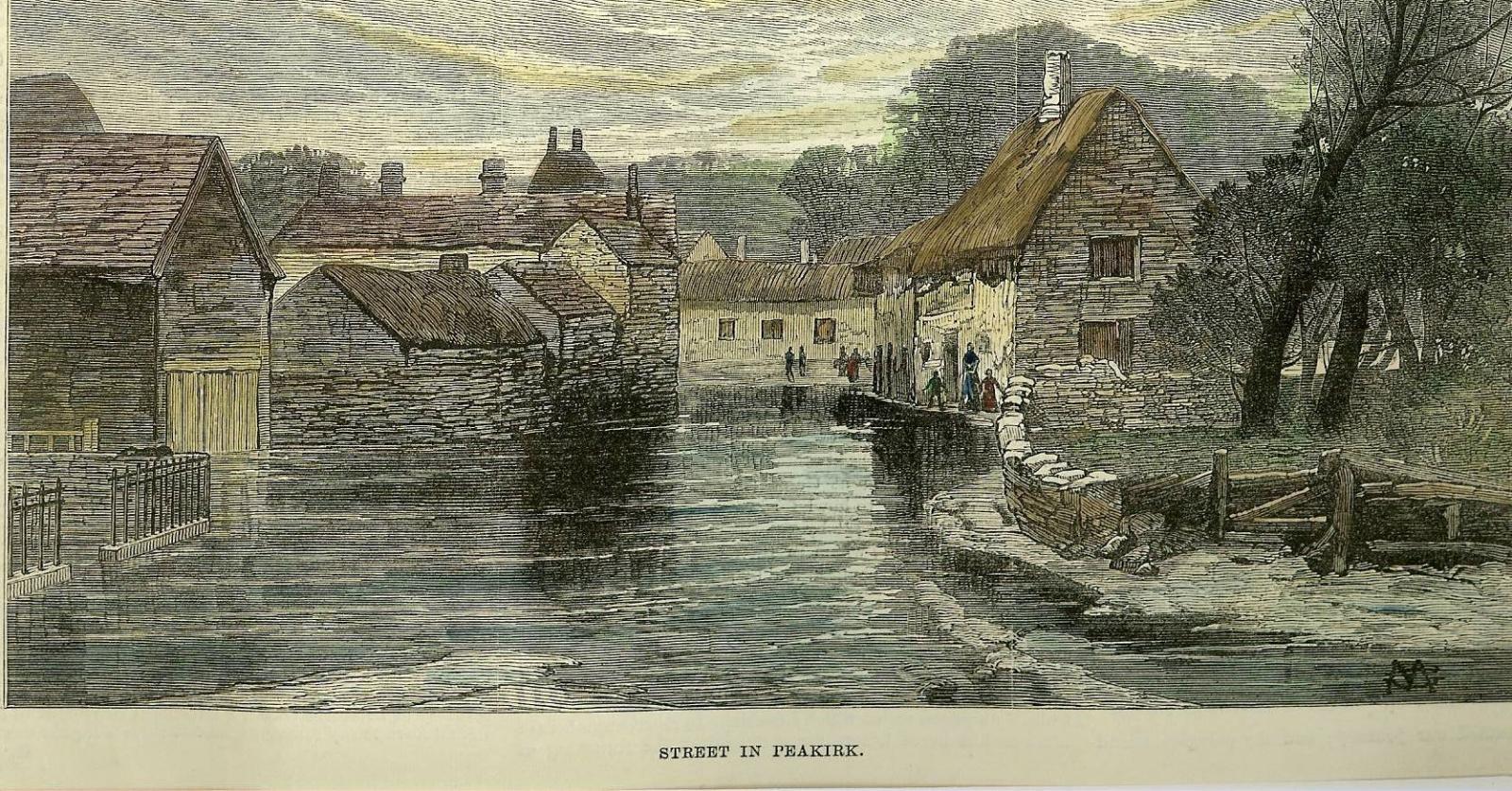
Peakirk is a rural settlement on the western margins of Borough Fen, formerly in the Soke of Peterborough, Northamptonshire, now in Cambridgeshire. The place-name is derived from St Pega, ‘England’s’ first anchoress, who reputedly founded a cell here in the early 800s. Whilst Peakirk’s history is well-documented from the eleventh-century onwards, archaeological evidence indicates that the area first was colonised by Neolithic folk and that there was almost-continuous activity in the heart of the present village from the Romano-British period onwards.
Dr Prior will tell Peakirk’s story through a combination of archaeology, architecture, cartography, topography, photographs and written sources. It also features the work of PAST (Peakirk Archaeological Survey Team), an independent, self-funding group, whose recent projects have included re-plotting the route of the Roman watercourse, the Car Dyke, dispelling the ‘tradition’ of a Romano-British villa, rediscovering ‘lost’ buildings and revealing more about Peakirk’s diverse and secret heritage.
Venue: Oundle Methodist Church.
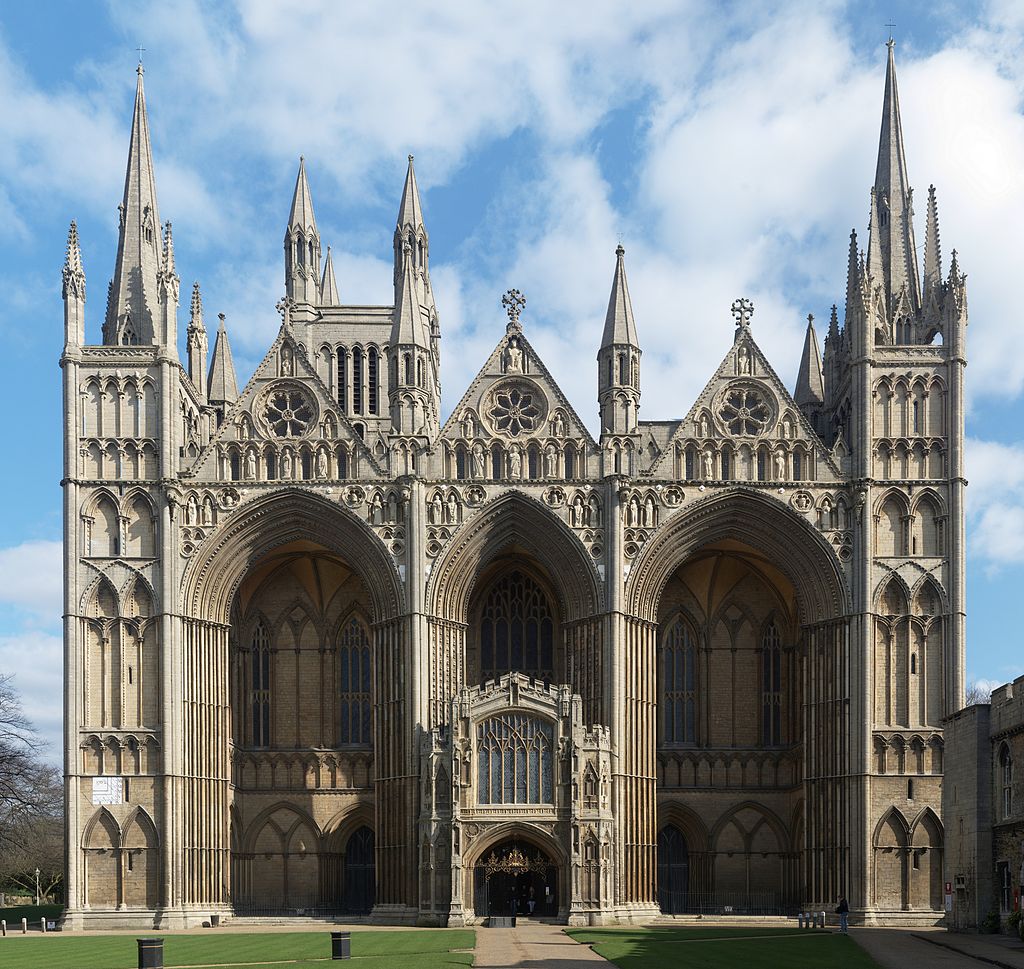
Celebrating the 900th anniversary of Peterborough Cathedral. Stuart is now Curator of the Cromwell Museum in Huntingdon, after some years as Director of Operations at Peterborough Cathedral.
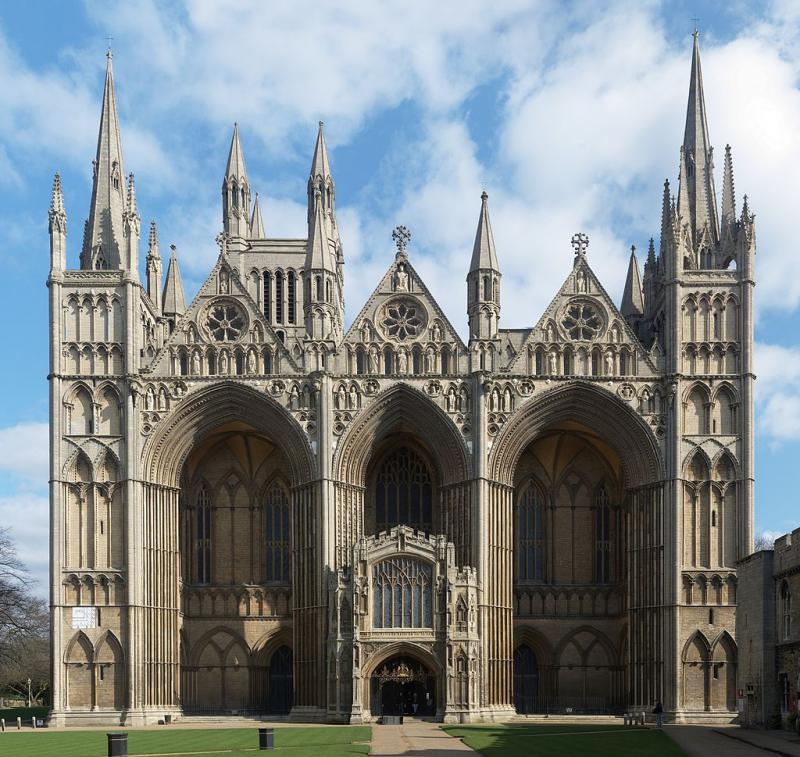
Steve was a founder of our society and is one of the foremost experts on the archaeology of the Nene Valley.
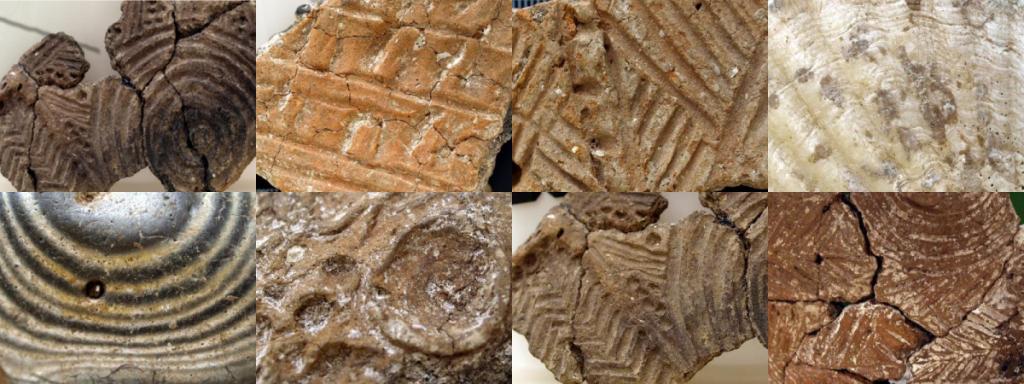
Sarah is conducting research for her PhD on how patterns in living things and the landscape influenced the decoration of Neolithic pottery.
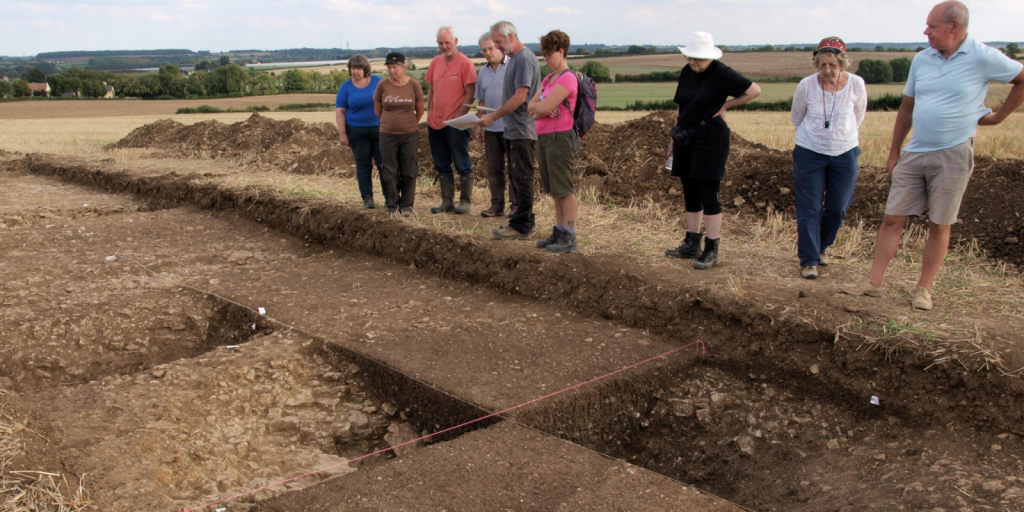
Our site director, Derek Roberts, will bring us up to date on the third year of excavations in and around a Roman farmstead at Nassington. This year, as well as more evidence of the Romans, their Iron Age predecessors featured strongly; a small part of a large ditch with ox-head deposit at its base, and several pieces of pottery from a rubbish pit adjacent to a trackway were found.
Read the interim report on excavations 2016-2018 (PDF, 100KB)

We started a mini-tradition of talks about villages with Peakirk last year and now follow it up with this one on Thorney, a village about 8 miles to the east of Peterborough. The village has an Anglo-Saxon origin, but is well known for its nearby Abbey, and the model village buildings put up by the Dukes of Bedford. Dorothy is a prominent member of the Thorney Society and Thorney Heritage Museum.

Steve has written extensively on the archaeology of the Nene Valley area and wider East Midlands areas. His excavations locally include the Roman town of Ashton, situated just outside Oundle, the fort at Water Newton, and Anglo-Saxon site at Polebrook. He was previously Professor of Landscape Archaeology at the University of Brunei, and is currently a tutor at Cambridge University, as well as an independent archaeological consultant.
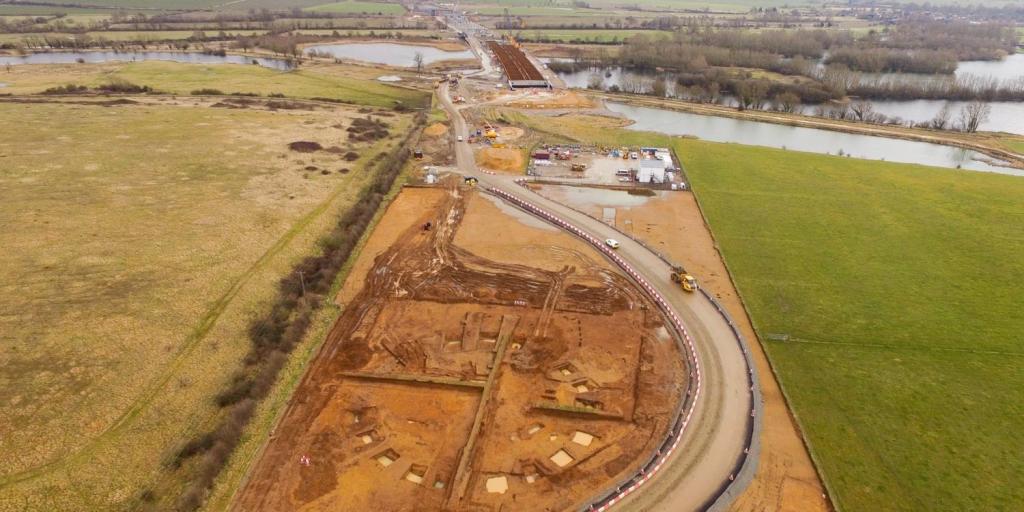
Tony is a project manager with Headland Archaeology, working on this massive multi-period venture. The excavations ahead of the major A14 upgrade between Huntingdon and Cambridge were nominated for the Current Archaeology magazine 'Rescue Project of the Year 2019' award.
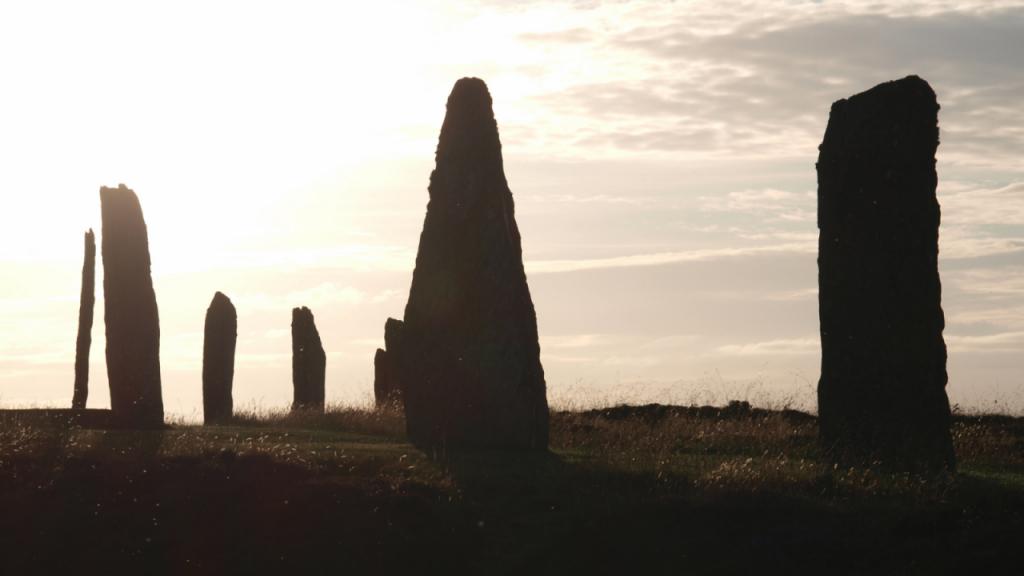
A highly illustrated talk which considers how archaeological sites and landscapes have been depicted from the Middle Ages to the present.
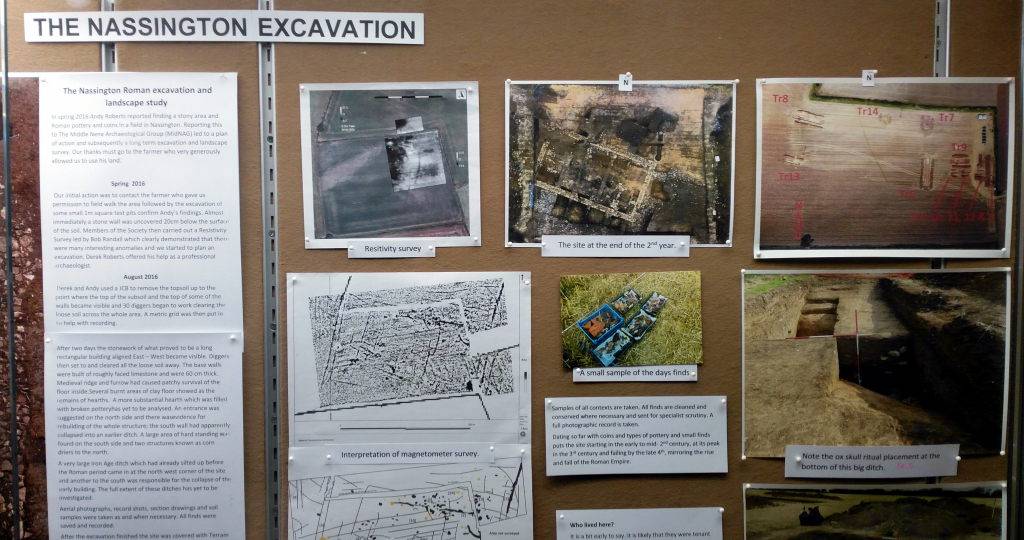
Oundle Museum now has a small exhibition with some of the artefacts found during our excavations at Nassington in 2016-2018, including
Head upstairs to see the exhibition, opposite the Remand Cell. The Museum also has plenty of other archaeological exhibits, especially from Ashton Roman town, just outside Oundle itself.
Read the interim report on the excavations in 2016-2018 (PDF, 100KB)
Venue: Oundle, Northamptonshire.
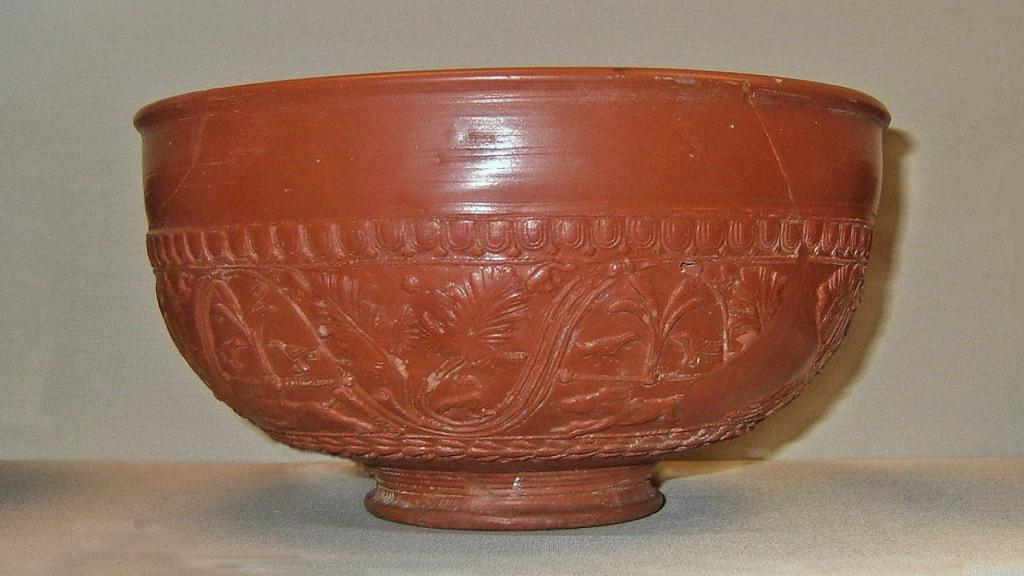
Geoff is one of our members and an internationally acclaimed expert on Samian pottery (Terra Sigillata), having studied the potteries at La Graufesenque,near Millau, Aveyron in France. He will explain how the potteries developed and the distinctive fabric and glossy red finish was achieved.
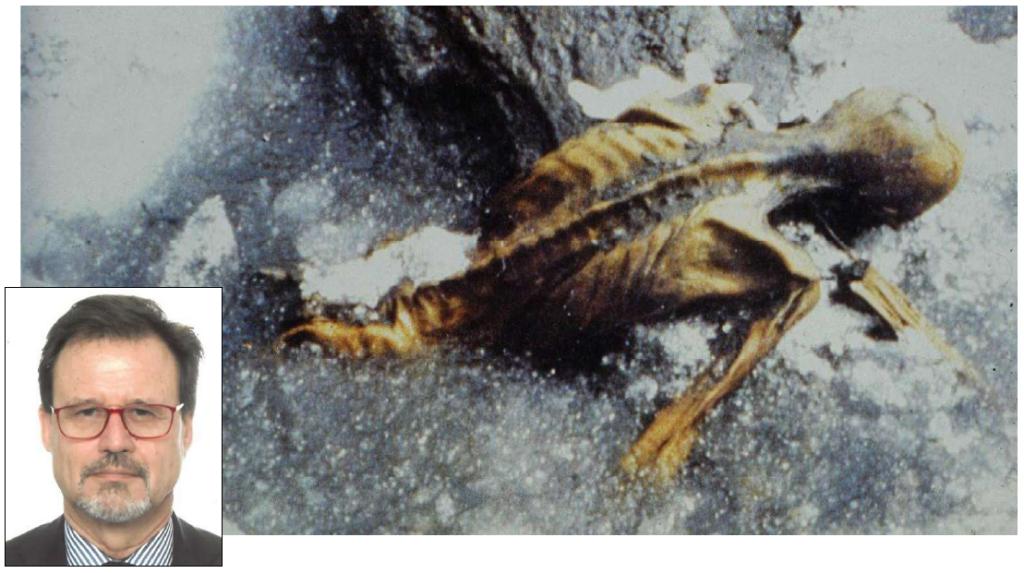
In 1991, walkers found a frozen body in the Ötzal Alps, on the Italian-Austrian border. What at first appeared to be a recent tragic accident, soon became a sensation as it was discovered that the body was that of a 5,000 year old man, fully dressed and equipped to hunt - made more dramatic by the realisation that that he had been shot by an arrow. He was quickly dubbed Ötzi after the place where he was found, and research on the body and it's environment has continued ever since.
You don't come face-to-face with a Copper Age person every day, and this is a unique opportunity to hear the latest thinking from someone at the centre of the research. Prof. Klaus Oeggl of Innsbruck University will look at issues such as Ötzi's origin, as well the as impact of the archaeobotanical studies - his specialism - on the view of Ötzis social context.

Derek Roberts, our site director will round up the latest finds from our fourth season of excavation at Nassington in August 2019.
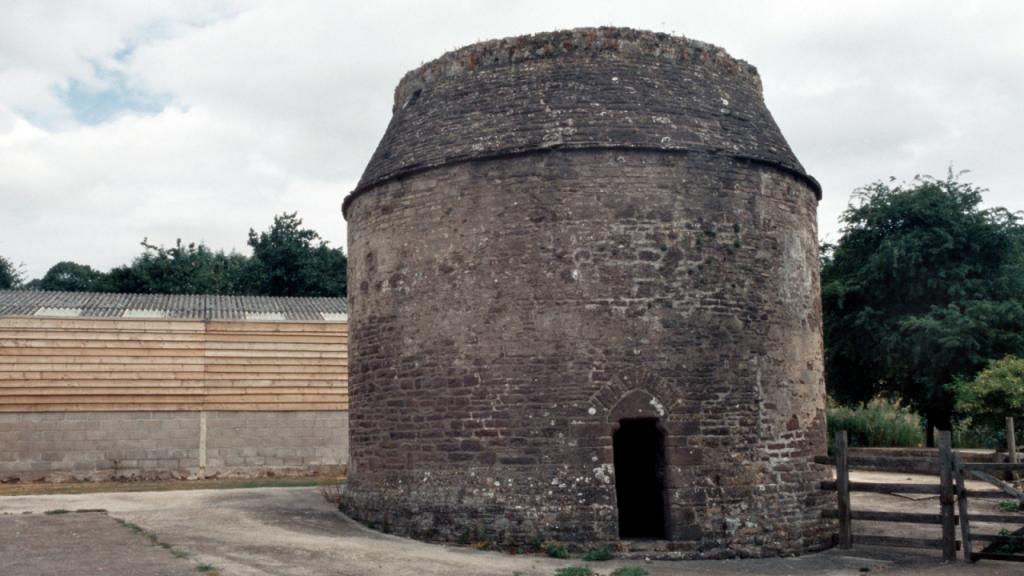
An illustrated talk which looks at the historic importance of dovecotes and considers their design and how they were used and managed, what the produce of the dovecote was used for, and how they have evolved from early examples in Norman Castles, through to some of the modern conversions in the 20th Century.
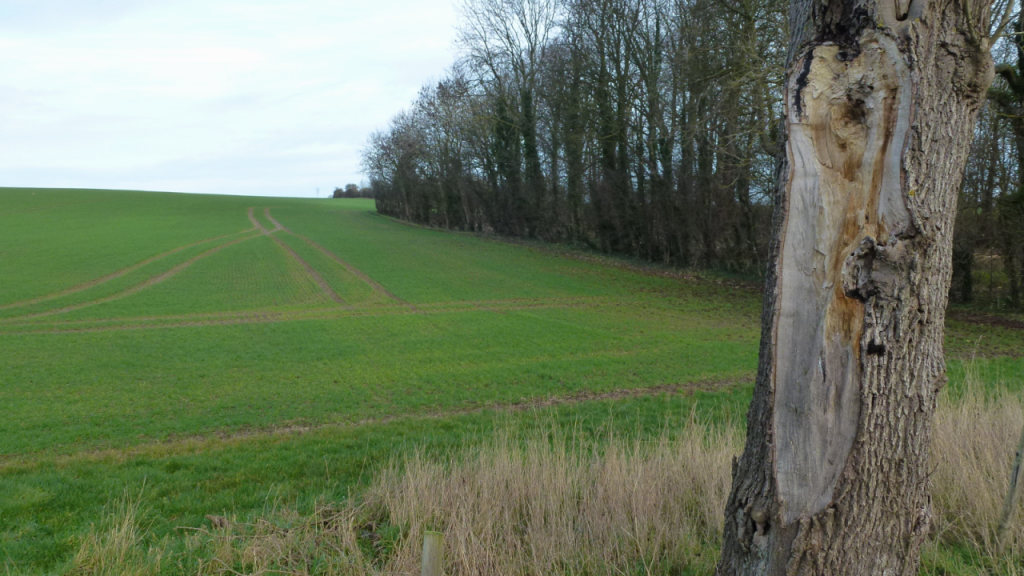
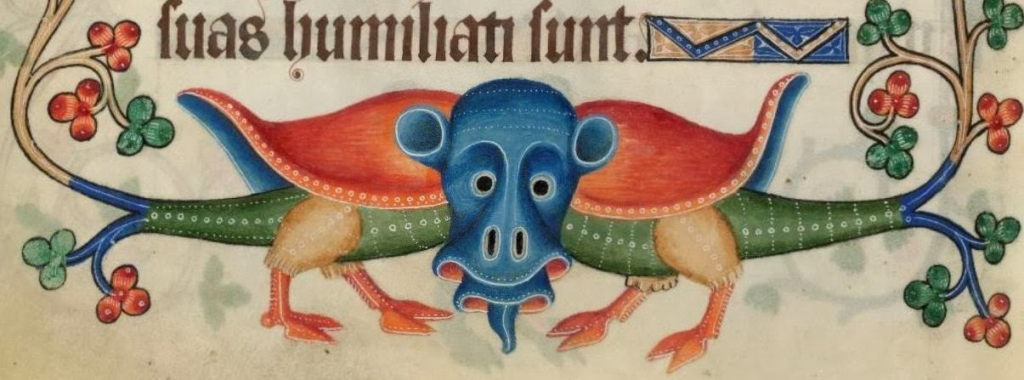
The Romanesque capitals of St. Kyneburgha's Church, Castor and its local landscape. With it's unique dedication to St. Kyneburgha, it is considered by many to be among the finest 100 churches in England.
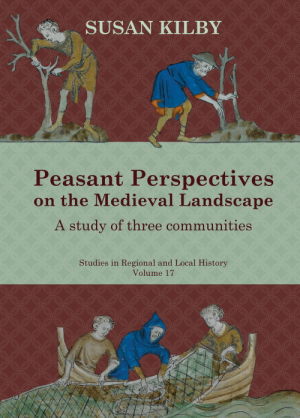 Susan Kilby is a Research Fellow in the Institute for Name-Studies at the University of Nottingham and a Visiting Fellow at the Centre for English Local History at the University of Leicester. She is the author of "Peasant perspectives on the Mediaeval landscape: a study of three communities", including Castor.
Susan Kilby is a Research Fellow in the Institute for Name-Studies at the University of Nottingham and a Visiting Fellow at the Centre for English Local History at the University of Leicester. She is the author of "Peasant perspectives on the Mediaeval landscape: a study of three communities", including Castor.
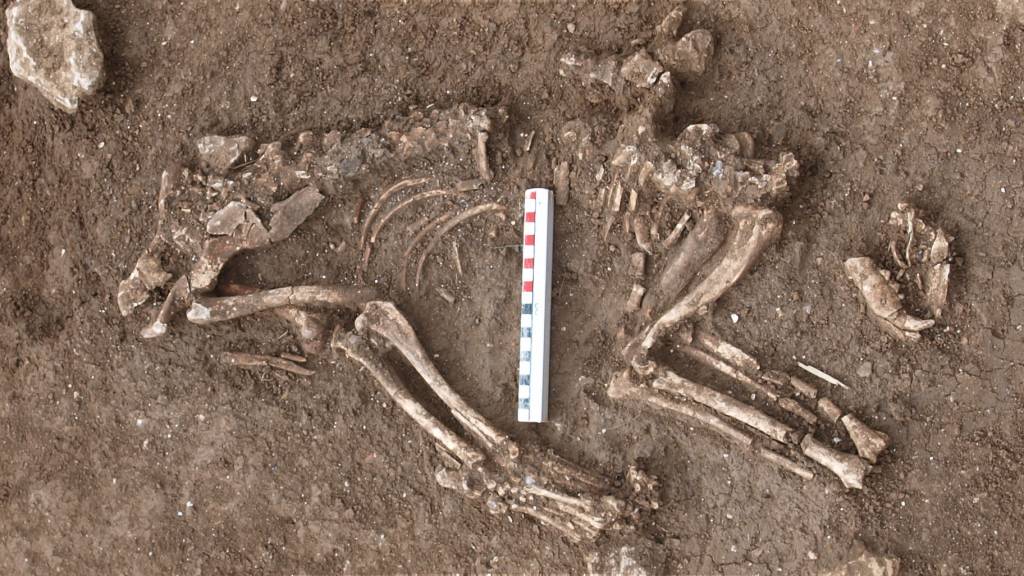
We will be back at Nassington again in August this year to try and finish off the excavation of the barn and surrounding features, probably including one nearby building that we think has a hypocaust system beneath it.
Also, have a look at some of the things we found in previous years.
Hear the full story of the rare evidence for Crucifixion, and the first from Roman Britain. Also see the free article from British Archaeology magazine about the excavations at Fenstanton in Cambridgeshire
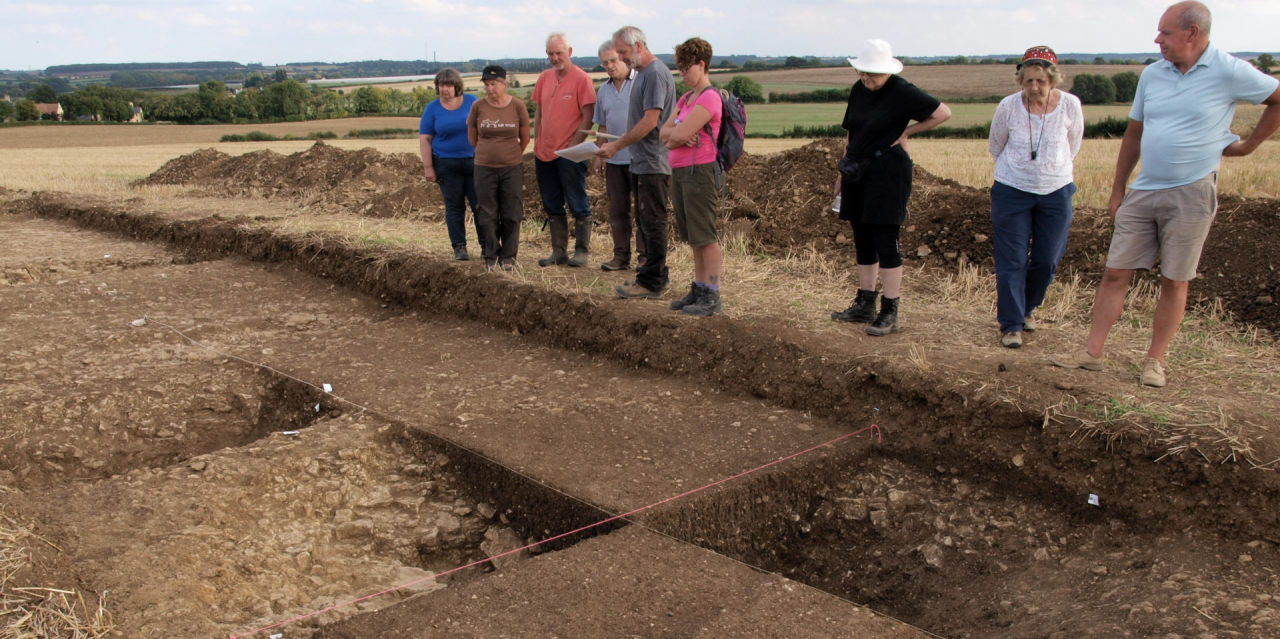
Come along and hear about what we found in our 2022 dig on the Iron Age and Roman site we've been excavating since 2016.
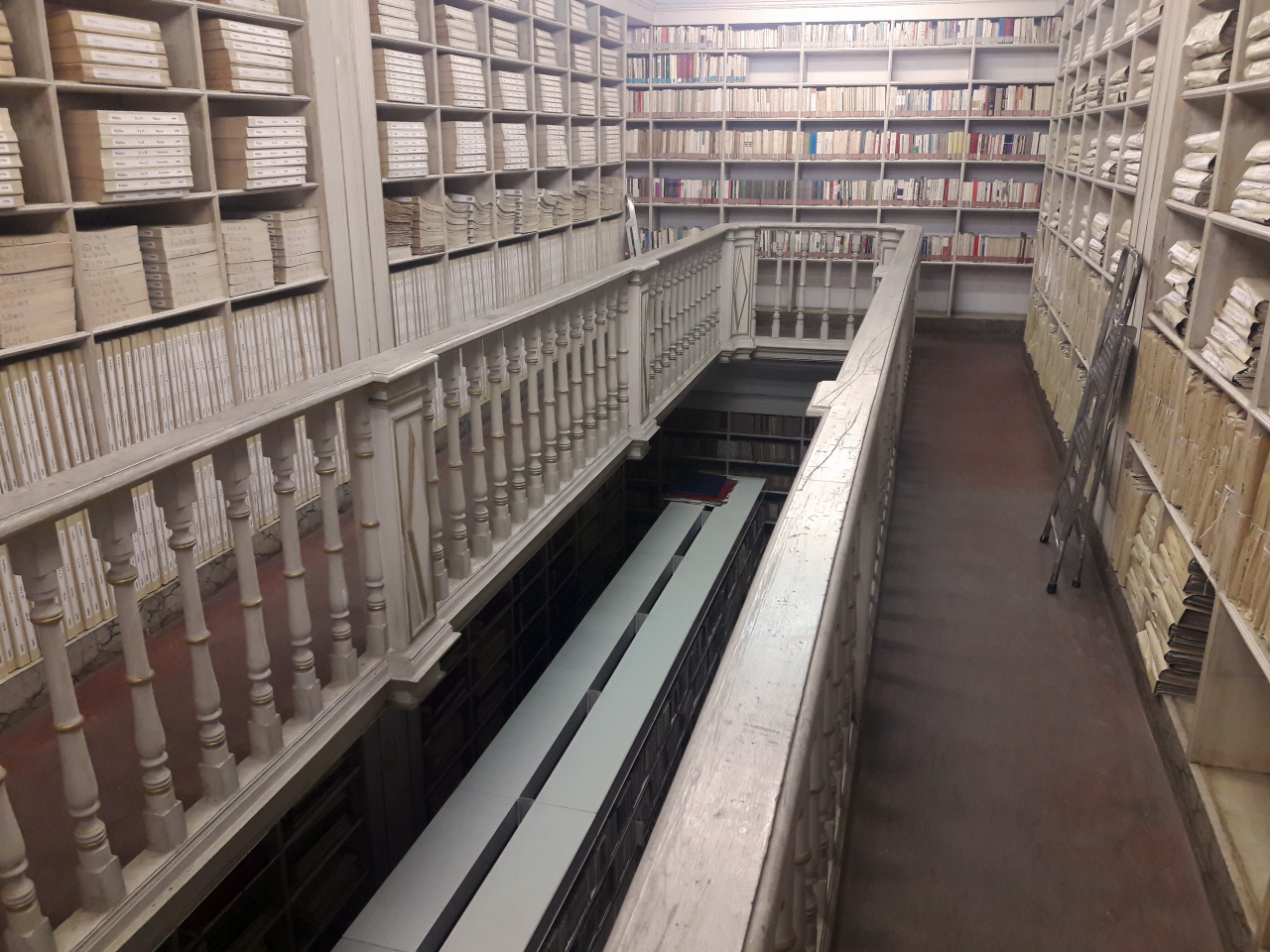
Talk includes interesting treasures from the archive.
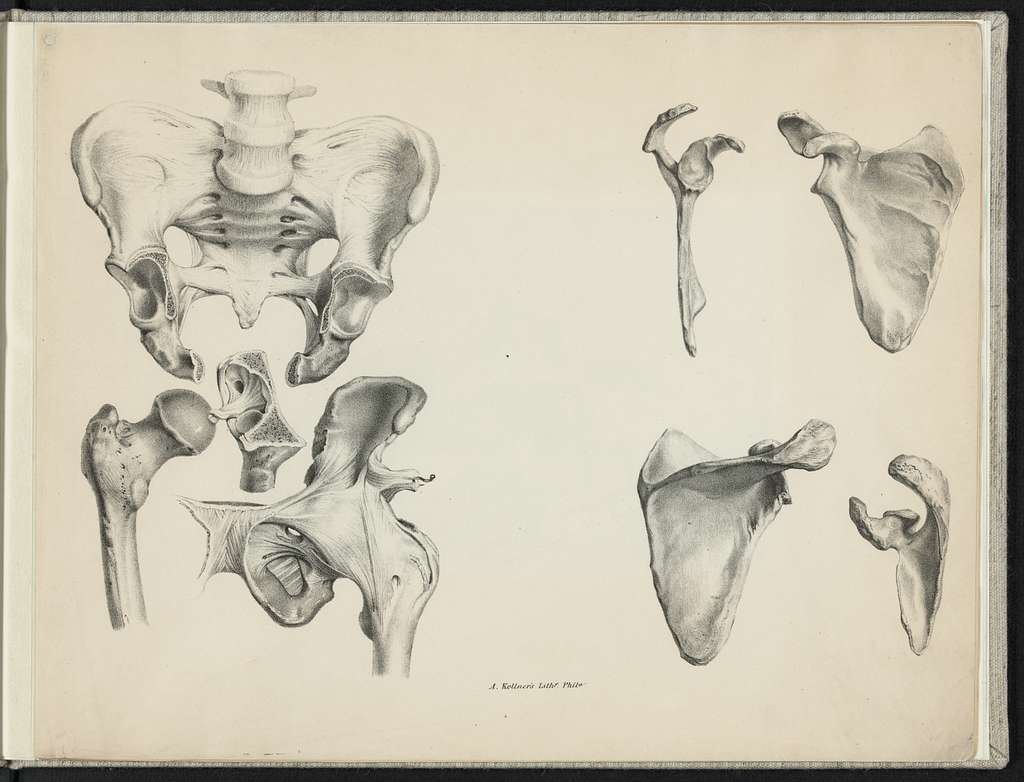
A talk on the thrilling story of modern methods of analysis of human bones and teeth and what it can tell us about the Romano-British cemetery at Titchmarsh.
Note: Some examples of human bone will be available for discussion and handling.
A talk on a multi-period occupation site.
A talk on the Saxons; who they were, how they got here, and what evidence they left behind.
A trip to the village of Peakirk, just north of Peterborough.
A Report on our latest excavations at Nassington in 2022 by our site director.
Entry: £5 per person, cash on the door only, proceeds go towards post-excavation conservation, analysis and reporting.
Venue: Nassington Village Hall
The Barnwell site has been excavated before in the 1970's and 80's when an aisled building which had undergone several phases of development, including a late bath suite, was found. You can read the excavation summaries on the Nene Valley Archaeological Trust site. The 1970's excavation was reported in Durobrivae, Vol. 2 for 1974. The full report can be found in "A Roman farmstead at North Lodge, Barnwell: Excavations 1973-88", Northamptonshire Archaeology, Vol. 38 (2015), Upex et al, pp107-138, which is available online through the Archaeology Data Service.
The earlier excavations found pits up to 3.5m deep with good preservation of organic material at the base, which were described but no samples were analysed:
"Missing from the excavation record are any details related to the palaeo-botanical record from any of the deep and waterlogged deposits on the site. Samples were taken and sent for analysis to local institutions, but unfortunately the results were never returned and this gap in our knowledge remains critical if we are to understand how the Roman exploitation of the heavy clay soils was being carried out"
Our principal aim is to recover environmental evidence from one or more of the pits, which due to the depth will require stepped excavation and will limit the excavation area at depth. We expect this will be the principal digging activity and require some teams working in shifts to dig, bucket and barrow the pit fill.
Around 60 volunteers diggers, many of them local and some from as far as the USA joined us in a quest to find out what the environment was like at the time the Roman bath house and aisled barn we found in the 1980's were in use. We reached the bottom of two large pits up to 2.5m deep due to some amazing efforts by our diggers. The materials at the bottom were were waterlogged as hoped and included
We retrieved not only the environmental samples we wanted, but also parts of two Roman leather shoes and a bronze bucket rim.
A huge thank-you to all our diggers this year.
Venue: Barnwell, Northamptonshire

A follow-up on the exciting discoveries from the Must Farm excavation which Mark talked about back in March 2018, and the new information provided by the specialist reports in the intervening period.
Venue: Oundle CofE Primary School, Cotterstock Road, Oundle, Peterborough, PE8 5HA
Location Map (Google)
Venue: Montagu Arms, Armston Road, Barnwell, Peterborough, PE8 5PH

A report on our latest excavation at Barnwell, Northamptonshire in August 2023 by our site director.
An amazing Roman site. Not to be missed.
An amazing Roman site. Not to be missed.